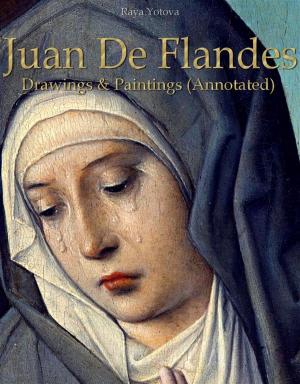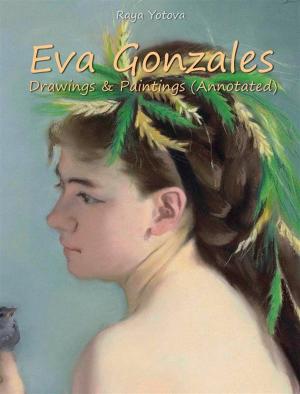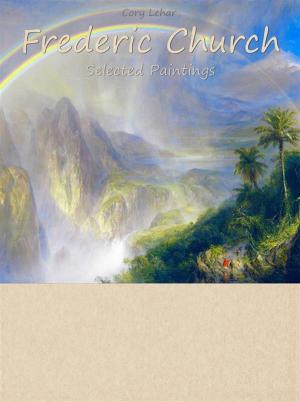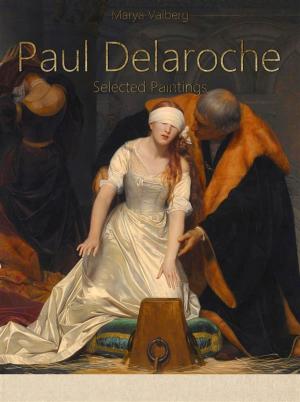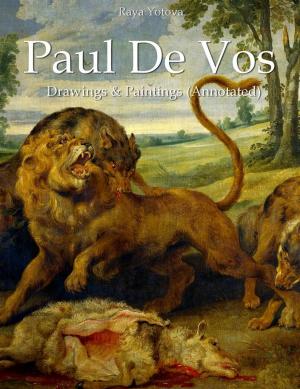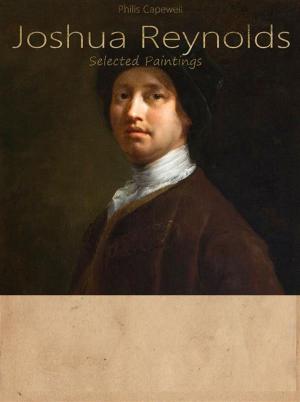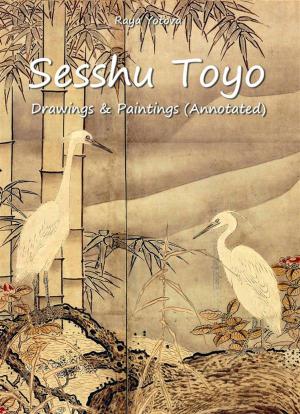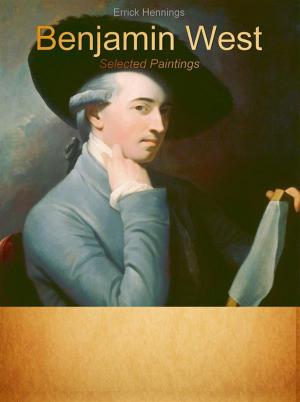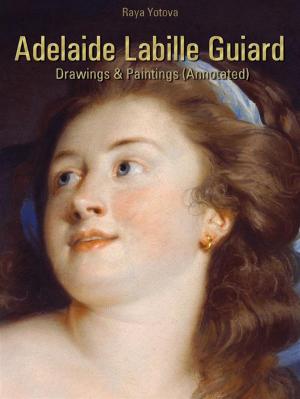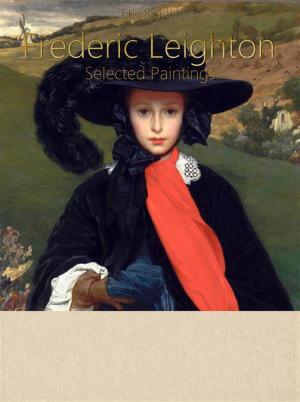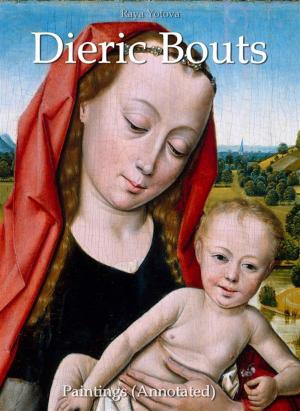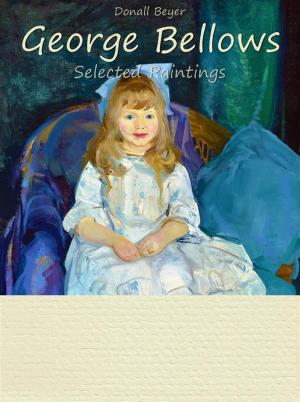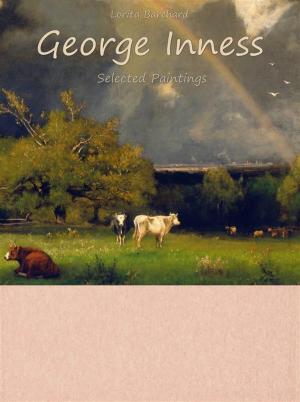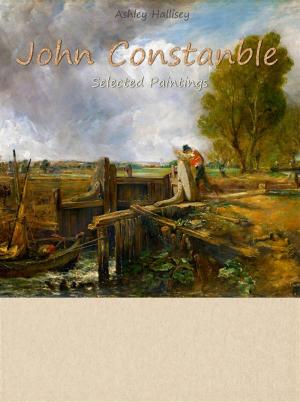| Author: | Raya Yotova | ISBN: | 9788832525854 |
| Publisher: | Publisher s13381 | Publication: | February 25, 2019 |
| Imprint: | Language: | English |
| Author: | Raya Yotova |
| ISBN: | 9788832525854 |
| Publisher: | Publisher s13381 |
| Publication: | February 25, 2019 |
| Imprint: | |
| Language: | English |
Hashimoto Gahō was a Japanese artist, one of the last to paint in the Kanō School style.
He was born in Edo, where he studied painting at Kanō Shōsen'i and was heavily influenced by Kanō Hōgai's work. Hashimoto Gahō has created many works in the traditional Kanō School style using color and gold, or in other cases, black and white ink. But while in his paintings were mostly traditionalist, using traditional methods and depicting traditional objects, Hashimoto Gahō, like Kanō Hōgai, included elements of Western art.
His pictures, as well as those of many other Japanese artists from that period, show artistic techniques, various types of detail, and in particular attempts to correctly depict the perspective.
In 1860, he opened his studio, but the political and economic upheavals around Meiji Restoration forced Hashimoto Gahō to seek income in other ways than by selling fine art. He made maps for Naval Academy, drawing on fans and using his skills in some different ways to make a living.
Kanō Hōgai was invited in 1884 by Okakura Kakuzō to become Chief Professor of Painting at Tokyo Bijutsu Gakko, now Tokyo National University of Fine Arts and Music.
In 1898 he joined another artist, Okakura, both left Tōkyō Bijutsu Gakko and founded the Japan Fine Arts Academy. Hashimoto Gahō taught there until his death in 1908.
As a result of his position as Chief Professor of Painting, Gahō had many important students, including Yokoyama Taikan and Kawai Gyokudō.
Hashimoto Gahō was a Japanese artist, one of the last to paint in the Kanō School style.
He was born in Edo, where he studied painting at Kanō Shōsen'i and was heavily influenced by Kanō Hōgai's work. Hashimoto Gahō has created many works in the traditional Kanō School style using color and gold, or in other cases, black and white ink. But while in his paintings were mostly traditionalist, using traditional methods and depicting traditional objects, Hashimoto Gahō, like Kanō Hōgai, included elements of Western art.
His pictures, as well as those of many other Japanese artists from that period, show artistic techniques, various types of detail, and in particular attempts to correctly depict the perspective.
In 1860, he opened his studio, but the political and economic upheavals around Meiji Restoration forced Hashimoto Gahō to seek income in other ways than by selling fine art. He made maps for Naval Academy, drawing on fans and using his skills in some different ways to make a living.
Kanō Hōgai was invited in 1884 by Okakura Kakuzō to become Chief Professor of Painting at Tokyo Bijutsu Gakko, now Tokyo National University of Fine Arts and Music.
In 1898 he joined another artist, Okakura, both left Tōkyō Bijutsu Gakko and founded the Japan Fine Arts Academy. Hashimoto Gahō taught there until his death in 1908.
As a result of his position as Chief Professor of Painting, Gahō had many important students, including Yokoyama Taikan and Kawai Gyokudō.

